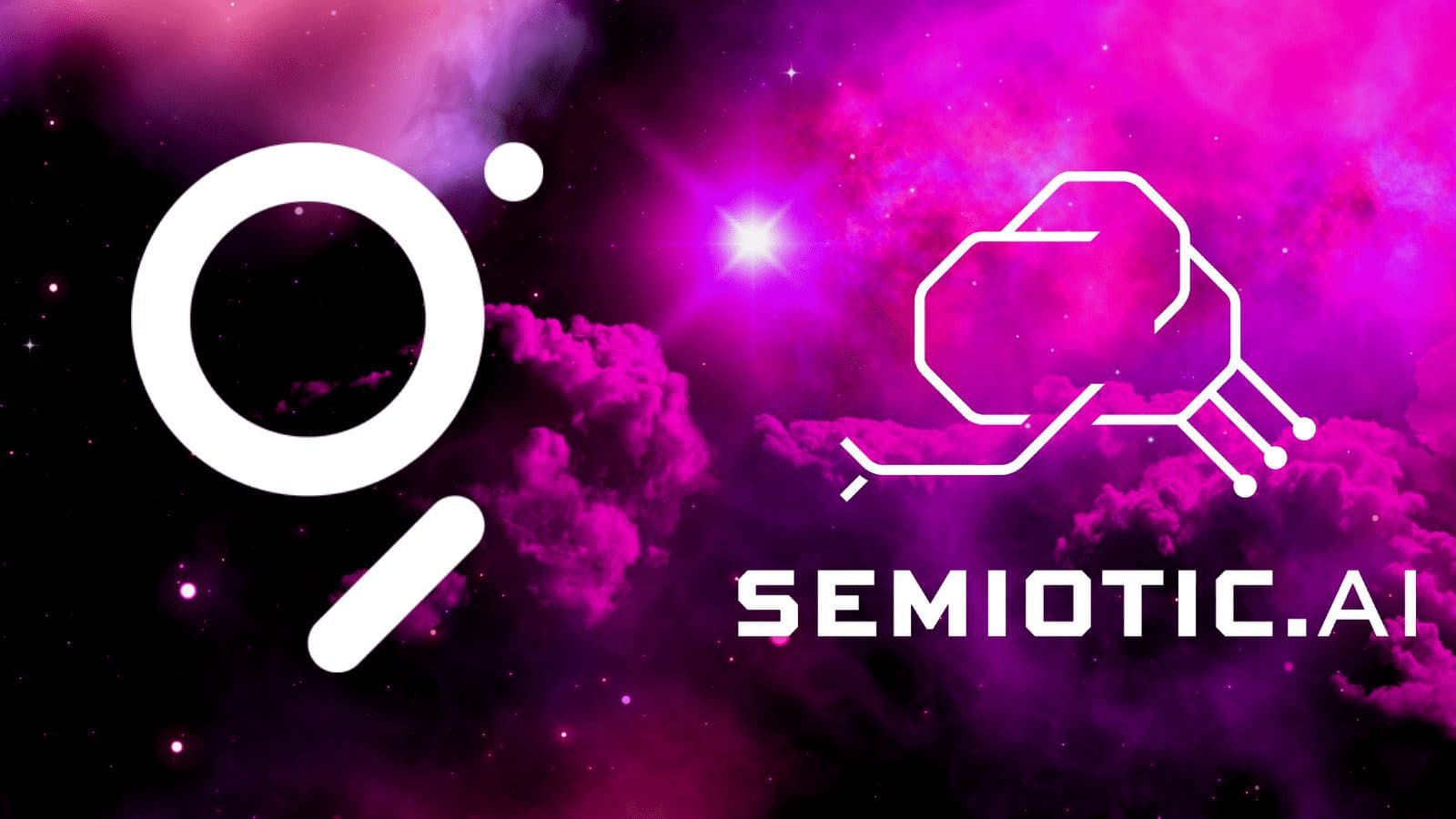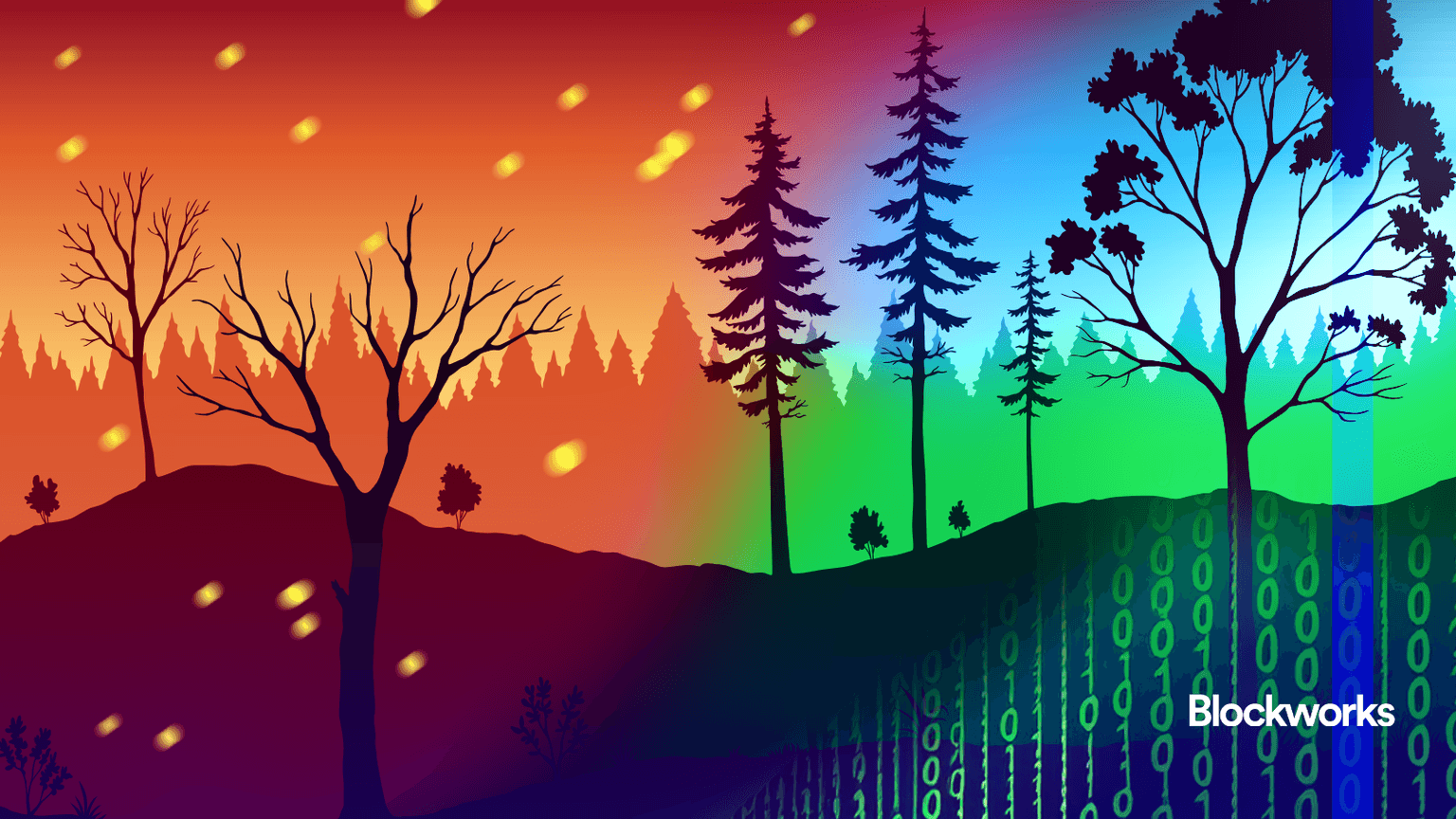Semiotic AI Receives $60M Grant to Develop The Graph’s Ecosystem
The network supports indexing data from 25 different networks, including Ethereum, NEAR, Arbitrium, Optimism, Polygon, Avalanche, Celo and Fantom

Semiotic AI joins The Graph
- There has been continued growth of 10% to 20% month-over-month for subgraphs and developers in the space
- Semiotic will be using the grant to grow a dedicated R&D team to conduct core development work for The Graph
The Graph Foundation has given Semiotic AI a $60 million grant that will be deployed over the next eight years, according to a release shared on Thursday by the companies.
“The Foundation’s grants are determined based on the roadmap, team size and resources needed to achieve pre-set goals,” Eva Beylin, director of The Graph, said in an interview with Blockworks.
The Graph is an indexing layer for Web3 and blockchain data that uses subgraphs, which are open APIs that use the programming language GraphQL.
These subgraphs retrieve blockchain data, secured through a decentralized network, which means decentralized applications, or dApps, can be permissionless with open APIs instead of relying on single servers. It supports indexing data from 25 different networks including Ethereum and its layer-2 networks Arbitrum and Optimism, Polygon, Avalanche, NEAR protocol, Celo and Fantom.
“Oftentimes, developers would have to build their own in-house databases each time a new dApp is created, which is time-consuming, costly and centralized,” Sam Green, co-founder and CTO of Semiotic AI said to Blockworks. “These databases act like walled gardens that can’t be accessed by third-parties, creating multiple redundancies that aren’t necessary,” Green added.
Semiotic AI is a software startup that builds autonomous decision-making agents for decentralized markets. “Semiotic will be using the grant to grow a dedicated R&D team that will be committed full-time to The Graph,” and its ecosystem as a core protocol developer during that time frame, Beylin said.
There has been continued growth of 10% to 20% month-over-month for subgraphs and developers in the space, she said.
“This means that rain or shine, bull or bear market, developers in the Ethereum ecosystem are continuing to build dApps,” Beylin said.
 Eva Beylin, The Graph director
Eva Beylin, The Graph directorTo date, over 24,000 developers have built subgraphs for applications like Uniswap, Decentraland and Synthetix.
The indexing layer recently announced new hosted service integrations to support cross-chain development with platforms like Solana, Cosmos and Arweave, Beylin noted. In the future, it plans to continue to support development there as these chains and other features go live on the decentralized network.
“Our vision has always been clear: index all the world’s public data in a decentralized way. The past year has proven our thesis that Web3 is the future,” Beylin said.
Get the day’s top crypto news and insights delivered to your inbox every evening. Subscribe to Blockworks’ free newsletter now.






